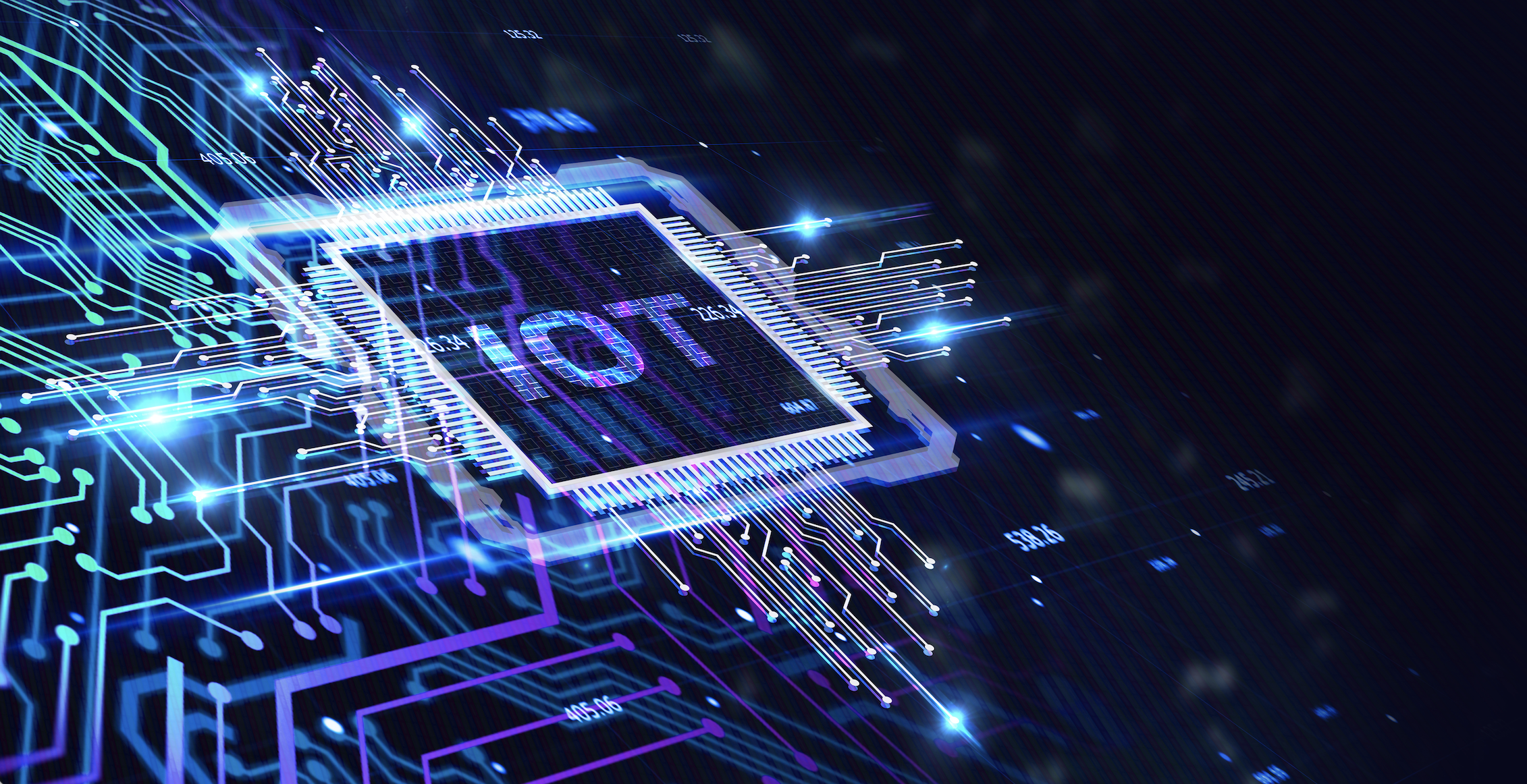IoT plays a major role in the transportation sector. According to some estimates, the smart transportation market was valued at $67.15 billion in 2017 and is expected to reach a market value of $189.28 billion by 2023, registering a CAGR of 18.68% during the forecast period (2018 – 2023). From assisting in the integration of communications to facilitating control and information processing across various transportation systems, IoT is here to stay. Vehicles, drivers, passengers, and the infrastructure of the cities and towns that house them all rely on IoT today.
IoT builds a dynamic communication between the various components of a transportation system and its drivers and passengers. According to a recent Gartner study, “This enables inter- and intra-vehicular communication, smart traffic control, smart parking, electronic toll collection systems, logistics and fleet management, vehicle control, and safety and road assistance.”
In January of this year, 2018 the Swedish company Ericsson provided its Connected Urban Transport solution for the City of Dallas’ Advanced Traffic Management System. Designed to ease traffic congestion, this solution uses an interface to automate and facilitate systems and performance monitoring, management, and maintenance, with the ability to share data across cities and countries. The solution is expected to allow the City of Dallas to expand its knowledge about traffic issues and assist with operational decision-making to improve traffic flow.
Absent from this discussion, however, is the potential security risks that compromised IoT could have on this and other initiatives.
All On-Board Securing IoT
In order for transportation companies to mitigate the risks created by IoT devices, they need to:
- Proactively reduce risk within their IoT supply chain by analyzing their device and component firmware.
- Have an accurate assessment of how many and what kinds of IoT devices they have.
- Have visibility into those devices down to the component and application levels to understand if items like the firmware have changed or need to be updated.
- Have an understanding of what those devices are doing to identify anomalies and discrepancies.
- Integrate with IT security in place to monitor and mitigate IoT breaches.
Given the importance and sensitivity of the transportation sector to our daily lives, Finite State believes those organizations need to understand the implications and risks involved with deploying IoT devices across their networks. Just as transportation companies provision computers and phones, they should also baseline risks posed by these assets. Our platform provides a look inside IoT devices as if they were any other endpoint on the network and uncovers hidden firmware vulnerabilities while proactively mitigating IoT risk.
The transportation industry may just be getting started with IoT, but with Finite State, it can stay secure and protected along the way.
Learn MoreSubcribe to our blog!
Share this
You May Also Like
These Related Stories

Securing the Connected Future: A Deep Dive into IoT Software Security

Managing the Risks from IoT in Entertainment and Media


